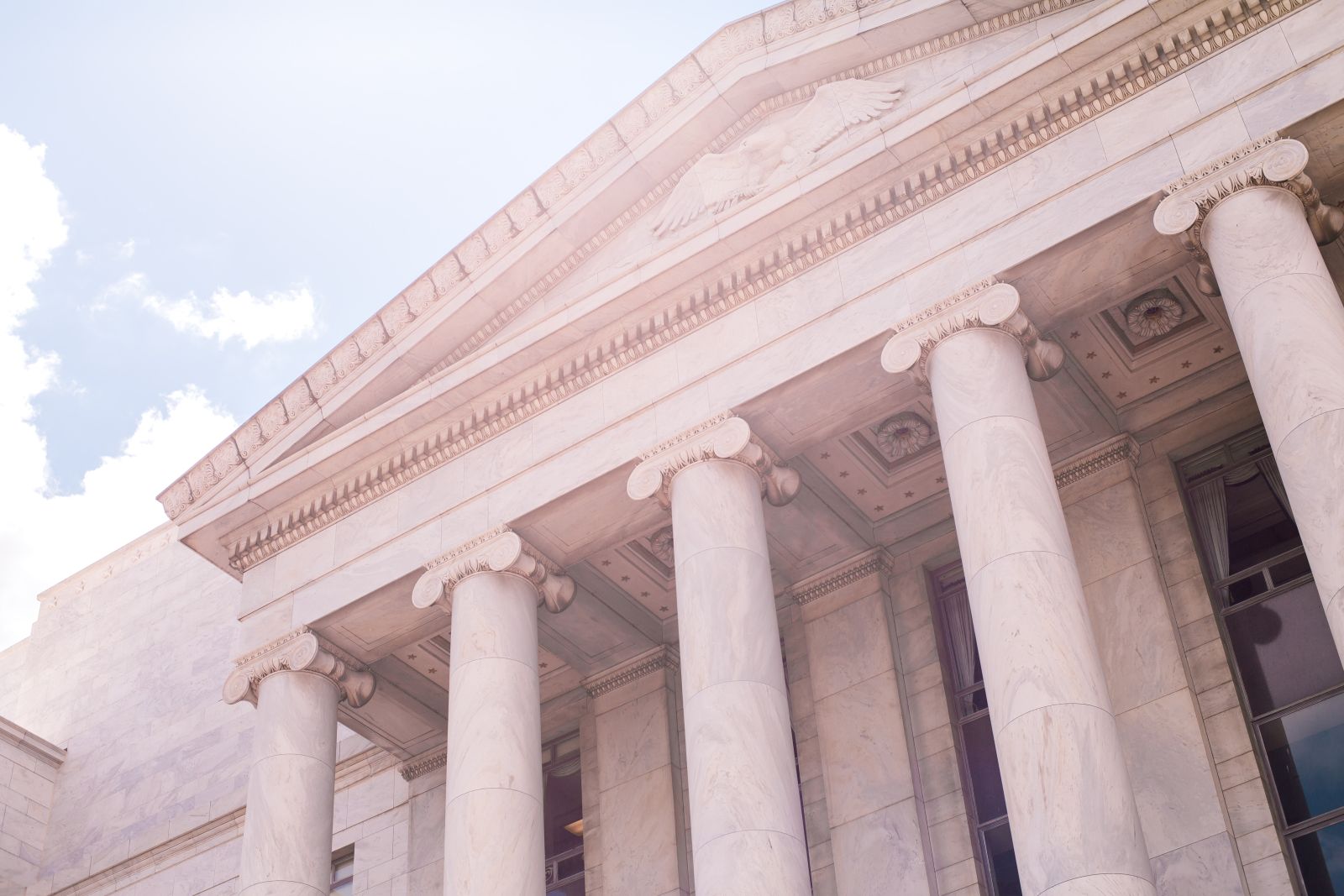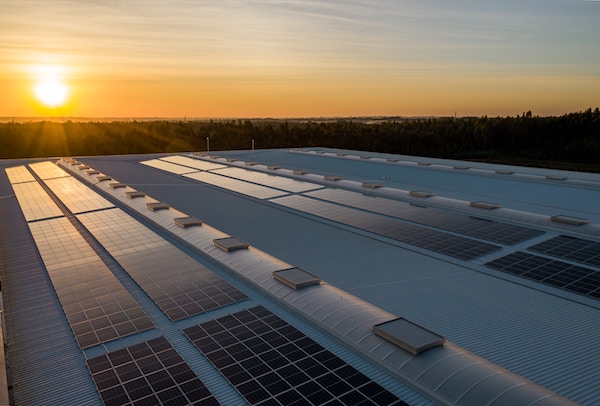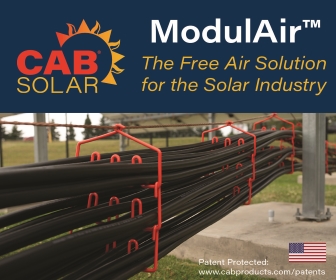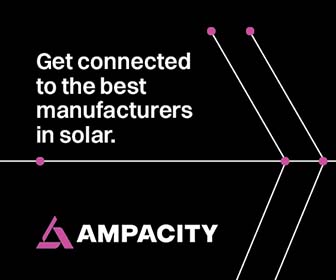A Compliance Strategy for Local Solar Regulations
When it comes to permitting compliance, the golden rules are “start early and communicate often.”
This is especially true for solar energy projects, which are increasingly subject to local governmental regulations. We have seen a growing number of local jurisdictions require conditional use permits (CUP) or special use permits (SUP). Most often, this occurs at the county level, given that many solar projects are sited in unincorporated rural areas with limited existing regulations.
 Types of regulations and enforcement actions vary widely. At the extreme end are counties with total bans on utility-scale solar energy development. Other counties place moratoriums on project development to allow time to establish regulations and associated permitting procedures. Still others have instituted no mandates requiring the development of a CUP or SUP. We also encounter jurisdictions where state regulations govern utility-scale solar energy project development, and limit local or county-level regulations.
Types of regulations and enforcement actions vary widely. At the extreme end are counties with total bans on utility-scale solar energy development. Other counties place moratoriums on project development to allow time to establish regulations and associated permitting procedures. Still others have instituted no mandates requiring the development of a CUP or SUP. We also encounter jurisdictions where state regulations govern utility-scale solar energy project development, and limit local or county-level regulations.
More communities want to have a say in where and how utility-scale solar projects are developed, as well as how they should fit with the local vision for growth and prosperity. Generally, these regulations reflect a desire by public officials to see project developers demonstrate due diligence in protecting the natural resources and local character of the project site and surrounding vicinity.
Local regulations commonly include zoning requirements, setbacks for project-related infrastructure, and vegetation management plans that require visual screening of the solar panels and/or the planting of native vegetation. We are also seeing prime farmland restrictions, wildlife movement corridor requirements, caps on buildable acreage within a jurisdiction, height restrictions for infrastructure, and more.
Some jurisdictions, in response to prior commercial development experience, require additional measures to be implemented in a project’s stormwater pollution prevention plan (SWPPP). Still others are establishing an environmental review process that appears to mirror the National Environmental Policy Act (NEPA). These requirements are in addition to any existing roadway, building, and floodplain requirements typically associated with development.
So, what is the key to navigating permits that may come up later in the planning process or be revised during development?

Start early and communicate often.
Everybody says it, and everybody knows it, but not everyone implements it. Reach out early to the right jurisdictional representatives if you want to control costs, keep the project on track, and avoid the last-minute fire drills.
Doing so allows you to introduce the project and understand what regulations, if any, are in place to give yourself ample time for compliance. You may also gain insight into some of the potential motivations behind the regulations.
Ideally, starting early means as soon as the project area has been conceptualized. For developers who firmly practice minimization and avoidance, consultants can conduct preliminary reviews as soon as a potential site is identified, to understand the likely impacts of regulations on the proposed development.
Reach out to landowners, neighbors, and other stakeholders as soon as is practical, listening to their concerns and questions. This will help you plan a path forward for proactive minimization and avoidance. It’s better that they hear accurate information about the project and process of utility-scale solar energy development directly from the project developer or representative, instead of from a project opponent spreading unchallenged misinformation.
 You can feel it in the local community before a project even begins construction. As a field biologist, I often interact with landowners and surrounding stakeholders at the beginning of project design while completing environmental reviews during due diligence. Sites where project developers have taken measures to engage local stakeholders and provide supporting information are usually those where we are welcomed. Sites where stakeholders have felt “in the dark” on the project have resulted in interactions fueled by skepticism, or even opposition.
You can feel it in the local community before a project even begins construction. As a field biologist, I often interact with landowners and surrounding stakeholders at the beginning of project design while completing environmental reviews during due diligence. Sites where project developers have taken measures to engage local stakeholders and provide supporting information are usually those where we are welcomed. Sites where stakeholders have felt “in the dark” on the project have resulted in interactions fueled by skepticism, or even opposition.
I think this is true at any level of jurisdiction; taking the time to engage with decision makers and working alongside the public officials usually results in a better development and permitting process.
Regulations will continue to change. Starting early, being adaptable, and tailoring your compliance strategy will help ensure your project is a success. After all, no two projects are ever the same, but how and when a developer chooses to start the compliance process should be consistent every time, every project.
Morgan Starr is an associate scientist with Olsson’s Environmental team. She conducts field work and permit compliance for a variety of renewable energy and power delivery projects. Reach Morgan at 405.242.6682 or [email protected].
Olsson | www.olsson.com
Author: Morgan Starr
Volume: 2023 July/August










.png?r=3592)

